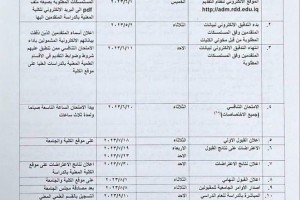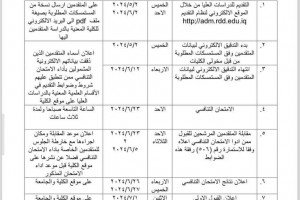
A lecturer from the University of Basrah published a paper indexed at Scopus/Web of Science database with cooperation two scientists from Basrah Oil Company.
Maher M. Mahdi , Wathiq Abdulnaby published a paper entitled Classification of the Zubair Subzone oilfields using structural contour maps, Southern Iraq in the Journal of African Earth Sciences which is indexed in Scopus/Web of Science database, Q2. The results show that there are two types of structures; these are anticlines and salt structures. The anticlines can be classified geometrically into linear, brachy, and culmination. The most prominent linear anticlines are Rumaila and Zubair, which are long and relatively narrow anticlines with an N–S trend separated by broader synclines. Each one of these two anticlines consists of two domes separated by a saddle. Brachy anticlines include Tuba, Luhais, and Subba. Ratawi is the only culmination fold in the area. The salt structures are Nahr Umr, Majnoon, Sanam, and Siba. The structures of the Zubair subzone have formed as a result of the Alpineorogeny of the collision between the Arabian and Eurasian plates, the salt tectonics of the Infracambrian Hormuz Formation, and the movements of basement rocks.







